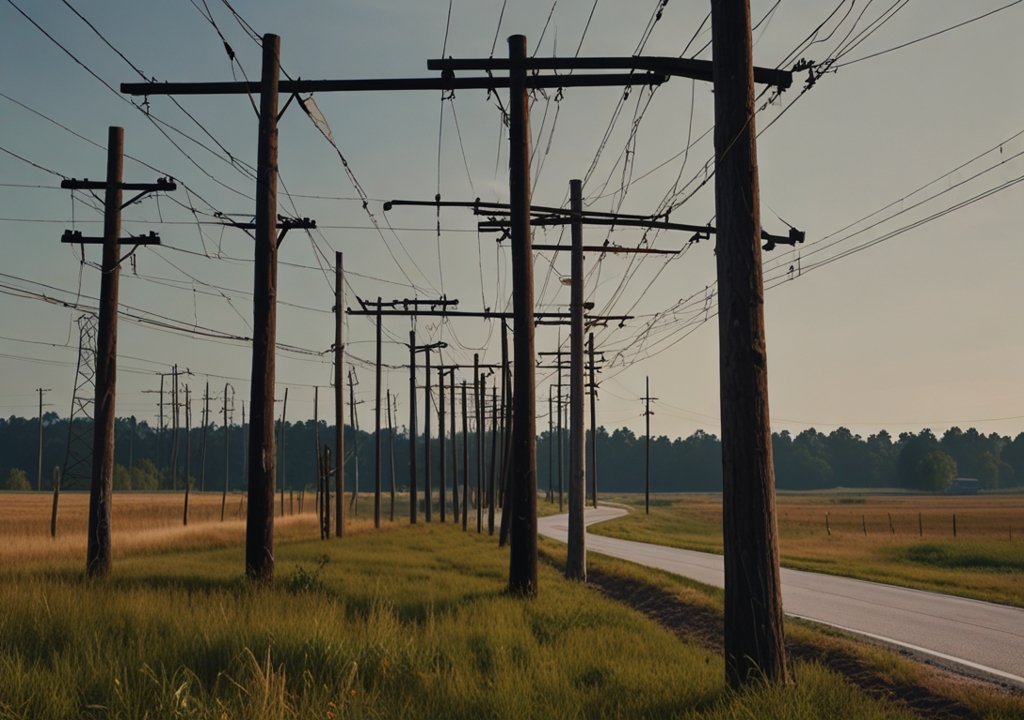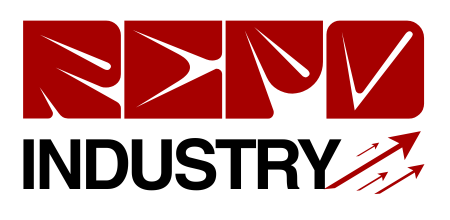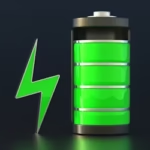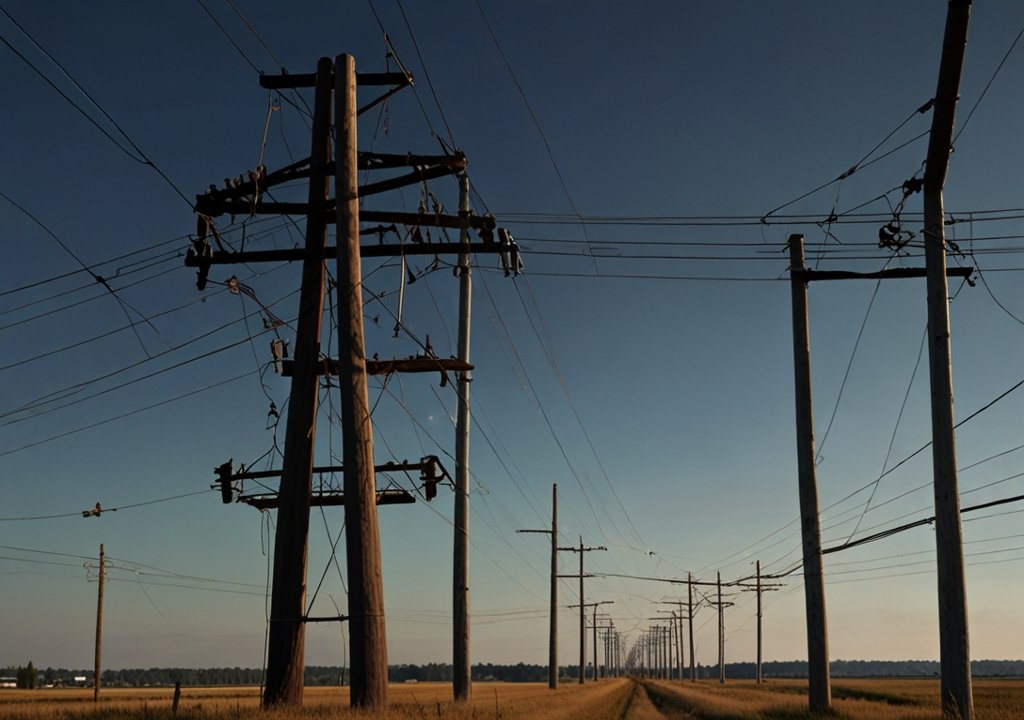Key Takeaways:
- Discover how utility poles adapt to modern technology and sustainable energy demands.
- Learn about innovative materials and designs transforming traditional pole structures.
- Explore the role of utility poles in facilitating smart city technology and infrastructure upgrades.
A Brief History of Utility Poles
Utility poles have long been the backbone of electrical grid systems, tracing their origins back to the 19th century. Initially constructed from wood, their primary role was to support telegraph lines across vast landscapes. Over time, these poles expanded their purpose to include electricity distribution, becoming essential components in the burgeoning electrical grid networks of the early 20th century. This evolution reflects a broader trend, where once utilitarian structures have transformed into sophisticated infrastructure elements, seamlessly adapting to technological shifts.
As we enter the 21st century, the humble utility pole faces new challenges and opportunities. Companies are redefining what it means to be a utility power pole. Beyond simply supporting wires, modern poles are being called to facilitate advanced telecommunications and sustainable energy systems. This transformative role underscores the importance of integrating modern technology while upholding the enduring reliability of these structures.
Innovation in Materials and Design
Recent advancements in materials science have revolutionized the construction of utility poles. While traditional wooden poles were valued for their natural availability and aesthetic appeal, they often required significant maintenance due to their susceptibility to environmental factors like rot, pest infestation, and weather damage. The industry has used composite materials such as fiberglass and advanced polymers in response. These materials offer superior durability and lower maintenance costs and have a reduced environmental impact due to longer lifecycles and recyclability.
Moreover, the design of utility poles has become much more sophisticated. Engineers now incorporate smart technology directly into pole structures, equipping them with sensors to monitor structural health and environmental conditions. This ability to collect real-time data allows for predictive maintenance, minimizing outages and improving reliability across the network. These innovations signify a shift from passive to active infrastructure components, transforming utility poles into high-tech nodes within the grid.
Emerging Role in Smart City Development
Utility poles have emerged as pivotal players in the dawn of smart city development. As urban areas seek to integrate technology seamlessly into their environments, poles are ideal for deploying smart infrastructure. Housing sensors, Wi-Fi hotspots, and cameras aid in collecting and disseminating data that facilitates efficient management of city resources. This integration is part of a broader movement toward interconnected urban ecosystems, where information flows freely to improve municipal services.
Notably, utility poles are becoming critical in rolling out 5G and the Internet of Things technology. Cities increasingly rely on these poles to host small cells necessary for robust 5G coverage, providing quicker and more dependable internet connectivity to residents and businesses alike. This transformation illustrates their importance in supporting city infrastructure and shaping the future of urban living.
Impact on Environmental Sustainability
With increased awareness of ecological issues, the energy sector is pressured to adopt sustainability practices. Utility poles are no exception. Poles play a vital role in transitioning towards a sustainable energy future by switching to eco-friendly materials and incorporating green technologies. For instance, some modern poles now feature integrated solar panels that contribute to local energy generation. It reduces dependency on non-renewable resources and encourages a decentralized approach to power distribution.
Additionally, reducing the environmental footprint of utility poles involves minimizing the impact of their production and installation. By adopting materials requiring less frequent replacement, the industry can reduce carbon emissions associated with manufacturing and transportation. These efforts align with global objectives to achieve greener energy consumption and infrastructure.
Challenges and Solutions in Modern Utility Poles

Despite these advancements, utility poles face several hurdles. Aging infrastructure presents a significant challenge, especially in densely populated or geographically challenging areas where replacements are complex and costly. The increased complexity of modern urban grids further complicates maintenance and upgrades, often requiring specialized solutions and extensive coordination. Nevertheless, creative solutions are being devised to address these challenges. Using sensors embedded in poles, predictive maintenance technology enables real-time monitoring and proactive upkeep. This method prevents minor problems from turning into significant failures, significantly enhancing reliability and safety. Additionally, structural engineering innovations produce poles that are better capable of withstanding natural disasters like hurricanes and earthquakes.
Case Studies of Successful Implementation
Across the globe, cities are embracing cutting-edge utility pole designs to improve infrastructure resilience and sustainability. In San Francisco, for example, composite poles equipped with smart sensors actively manage electrical flows, drastically minimizing outages. Similarly, Barcelona uses multifunctional poles as part of its smart city initiative, supporting various services from street lighting to environmental monitoring. These case studies demonstrate how tailored approaches, sensitive to local needs and geographical considerations, can lead to successful outcomes. These projects highlight key strategies for creating robust utility infrastructures that leverage technological advances and innovative materials to meet contemporary demands.
Future Predictions for Utility Infrastructure
The future of utility poles is prosperous and has potential. Emerging technologies are poised to redefine these structures as central components of ever-evolving urban landscapes. Artificial intelligence models will likely further optimize maintenance strategies, ensuring the poles’ longevity and reliability. The IoT continues to enhance connectivity, turning poles into dynamic entities within smart grids that contribute to more efficient energy and data management. As urban areas face increasing pressure to modernize and expand their infrastructures sustainably, utility poles will remain vital in achieving both goals. By fostering innovation, these poles will continue to serve as essential components in transitioning to a smart, eco-friendly future, proving that even the most traditional infrastructure elements can evolve and thrive in a new age.











